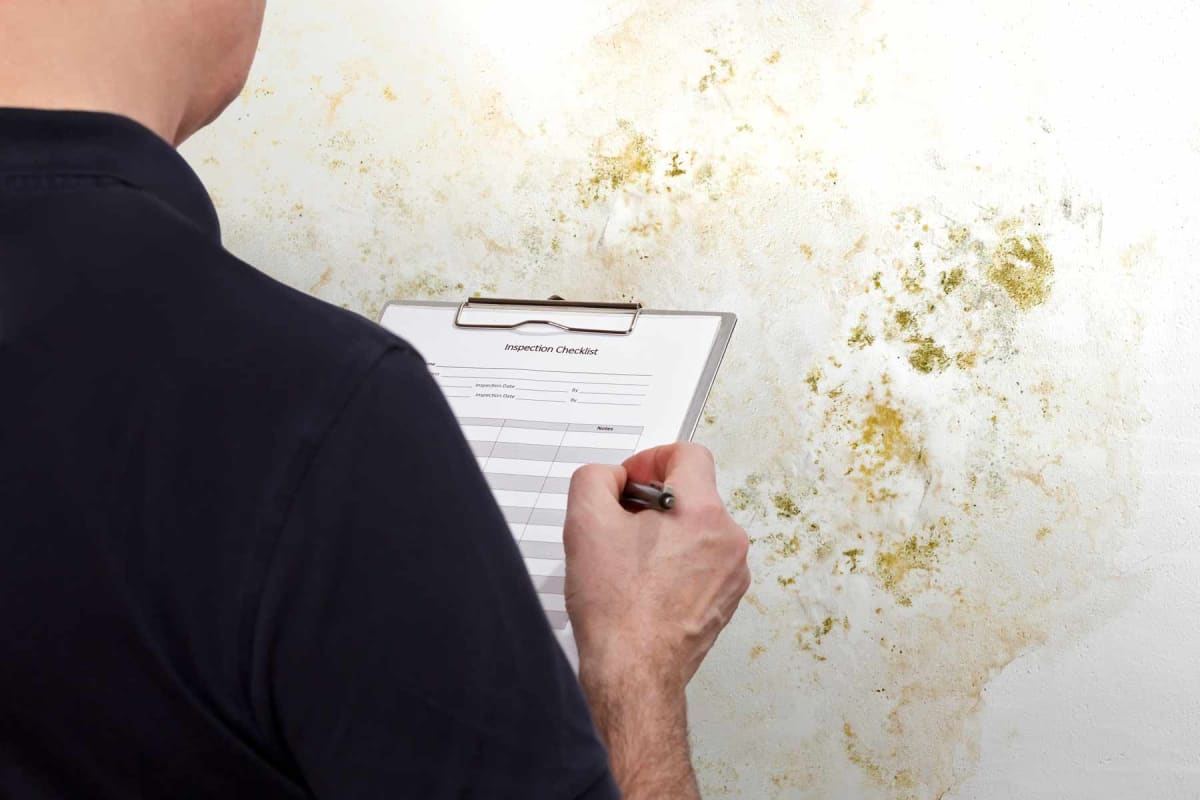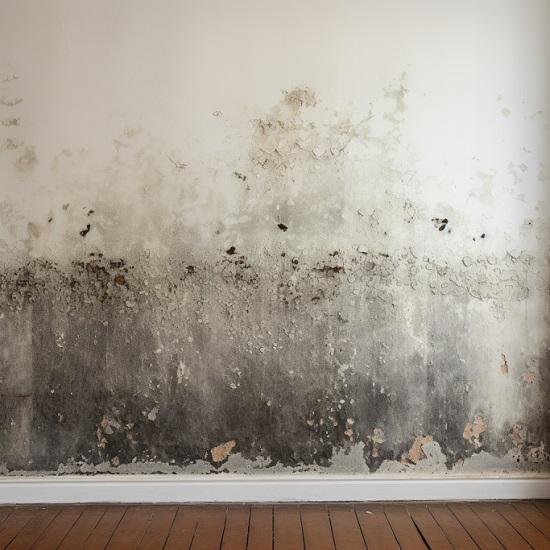After Mold Remediation Methods for Clean Spaces
Wiki Article
Effective Blog Post Mold And Mildew Removal Solutions for Your Home
Mold and mildew growth in homes can be a relentless concern, frequently needing an organized technique for effective post-remediation services. From understanding the aspects that add to mold development to applying correct cleansing strategies and wetness control steps, the process can be intricate yet important for preserving a healthy and balanced living environment. testing air quality after mold remediation.Recognizing Mold Development Factors
Mold and mildew development is affected by a variety of factors that are important to understand in order to properly address and avoid its expansion. Comprehending these elements is vital in carrying out effective mold remediation approaches. The key factor contributing to mold and mildew growth is wetness. Mold spores call for moisture to thrive and sprout, making moist or damp settings very susceptible to mold and mildew infestations. Poor ventilation can also cause moisture buildup, producing an ideal breeding place for mold and mildew.
In addition, air movement and light exposure can affect mold and mildew development. Areas that lack correct ventilation and natural light are a lot more vulnerable to mold advancement. By dealing with these factors adequately, individuals can efficiently alleviate mold and mildew growth and guard their living settings.
Correct Mold Cleaning Methods
Utilizing reliable cleansing methods is essential in stopping the recurrence and addressing of mold and mildew contamination in indoor settings. When handling mold, it is essential to focus on security by putting on protective equipment such as masks, safety glasses, and gloves. The initial step in correct mold cleaning is to have the damaged area to avoid the spread of spores to uncontaminated areas. This can be achieved by sealing off the area and making use of air scrubbers or unfavorable air machines to preserve air quality.
Implementing Wetness Control Actions
To efficiently protect against mold growth and contamination in indoor environments, carrying out wetness control measures is paramount. In addition, making sure correct ventilation in areas vulnerable to moisture accumulation, such as kitchen areas and washrooms, can aid reduce the danger of mold growth. By faithfully carrying out these dampness control steps, house owners can properly reduce the chance of mold and mildew recontamination and keep a healthy and balanced indoor setting.Using All-natural Remediation Solutions
After efficiently applying moisture control actions to avoid mold and mildew growth in indoor settings, homeowners can currently discover the efficiency of all-natural removal remedies in keeping a healthy and balanced home. Natural removal options utilize ecologically pleasant approaches to battle mold and mildew, making them a popular selection for those seeking non-toxic options. One such solution is using vinegar, a natural antimicrobial agent, to clean and disinfect surfaces contaminated by mold. Just weaken vinegar with water and spray it onto the affected areas, enabling it to rest for a few hours before wiping clean. Additionally, tea tree oil, understood for its antifungal residential or commercial properties, can be blended with water and sprayed onto mold-infested surface areas to hinder further growth. An additional all-natural choice is hydrogen peroxide, which can efficiently kill mold on various surfaces without leaving damaging deposits behind. By including these natural remediation services right into their cleansing regimens, home owners can successfully battle mold and mildew development while advertising a healthier indoor atmosphere for themselves and their families.
Keeping a Mold-Free Setting
Routinely evaluating locations vulnerable to mold development, such as washrooms, basements, attics, and kitchens, is important. Proper air flow in areas with high moisture levels is additionally crucial to stopping mold and mildew development.Additionally, preserving testing air quality after mold remediation cleanliness in the home is vital for mold and mildew prevention. Maintaining interior plants in check and guaranteeing appropriate drainage in outside landscape design can lessen dampness build-up, lowering the chance of mold problems.
Final Thought
Finally, it is necessary to attend to mold and mildew development factors, utilize appropriate cleansing techniques, implement moisture control steps, utilize all-natural remediation services, and keep a mold-free environment in order to properly deal with blog post mold remediation in your house - Post Mold Remediation. By complying with these strategies, you can avoid mold from persisting and make sure a healthy and balanced living atmosphere for you and your household
The key variable adding to mold and mildew development is dampness. Mold and mildew spores call for wetness to prosper and germinate, making moist or moist settings extremely prone to mold problems.To efficiently avoid mold development and contamination in interior environments, executing wetness control actions is critical. Furthermore, making sure proper ventilation in areas prone to moisture build-up, such as kitchens and bathrooms, can help reduce the danger of mold and mildew development.After efficiently carrying out dampness control actions to protect against mold and mildew growth in interior environments, property owners can currently check out the performance of all-natural removal options in keeping a healthy living space.
Report this wiki page